Description
A BOLD VISUAL STATEMENT CREATES YOUR OWN CORNER OF THE TROPICS
The plant gets its name ‘Elephant Ear Plant’ because of the shape of its leaves. The leaves point upwards and have tuber-like stems that give the plant an exotic look many people hope to achieve by adding more and more plants to their space. The large leaves have colorful foliage that can be a great sight at home. This plant is native to Southeast Asia, and with the right care, you can easily keep it at home and let it flourish. Let’s learn all there is to learn about taking care of Elephant ears.
Caring for your Elephant Ear Plant
These plants are comparatively pickier and need additional care to flourish. With full sun, adequate water, and just the right soil, you can get a plant with high returns. If you are thinking about planting the Elephant ear at home, follow this guideline to the T.
Light
As the Alocasia Portora is a large plant, it needs medium amounts of light. However, you need to ensure that the light is filtered so it does not completely damage the plant. The plant is usually kept outside to get as much light as possible. On average, the Elephant Ear plant grows one leaf every alternative week. If you want the plant to grow multiple leaves and stay healthy, give it as much light as possible. If you place the plant in a spot where it does not receive the right amount of light, it will not grow as much as you want it to.
Soil
You need organic and rich soil for the Portora. This is because the loose and well-drained soil can significantly aid the growth. The soil should retain moisture and drain out all the excess water simultaneously. If the soil is not well-draining, it will gather water, and that can cause the plant to rot. You can make a potting mix at home with ingredients like activated charcoal, orchid bark, and perlite to keep the soil nutrient-rich or well-draining.
Water
The soil of Elephant Ear needs to be moist for the most part as the plant is not tolerant of drought. This is why you must keep an eye on it every now and then. You can use your finger to test the soil, and if it is dry up to three inches of the soil, then that means it is time for you to dry the soil.
The plant needs water, depending on the season. If it is summer, you need to water the plant twice a week, but if it is winter, you must only water it once a week or depending on how dry the soil is.
Fertilizer
Using the right fertilizer can help you increase the growth rate of your plant. This is why, when your plant is growing, it is very important to add fertilizers every two to three weeks. However, here again, you need to fertilize according to the season. Your plant does not need fertilizers in the winter, so you must avoid adding any.
Common Issues
The Kris plant is demanding, and there are some common issues you might face if you cannot take the right care.
Pests
There are multiple pests that can affect your plant’s growth and well-being. For instance, spider mites and aphids are two of the most common pests that can suck on the sap from the leaves and weaken them. This may cause the leaves to die and damage your plant significantly.
Disease
Other than pests, you must also be wary of all the diseases that can harm your plants. For instance, the bacterial leaf spot or pythium rot is commonly found in African Musk. Pythium rot is a very difficult disease to cure, and the best way to deal with it is to prevent it from happening at all.
Pruning
For the plant to remain healthy, you can remove any damaged or dry leaves using a serrated knife. The pruning will help your plant focus all its energy on healthy leaves.
Propagation
When the plant is mature enough, offsets with the roots start sprouting out. You must propagate your plant and avoid any overgrowth. You can do it in multiple methods, that is, by the Offset division or by Tuber Propagation. Both of these methods will give you more or less the same results.
Potting/Repotting
This is one of the fastest growing plants, and if there is not enough space, then that can cause root bound. This is why to give ample space to your roots; you need to repot it into a much bigger pot so that it can grow freely.

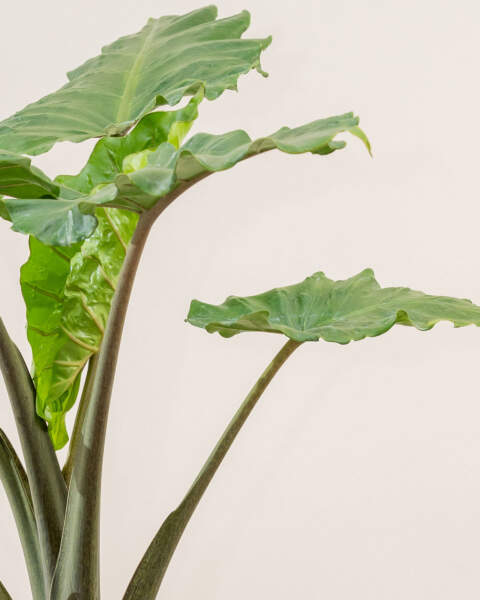

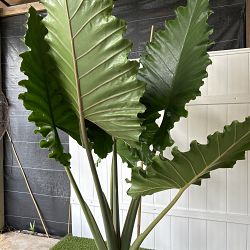
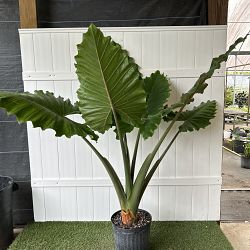
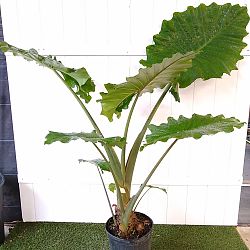
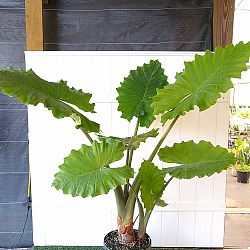
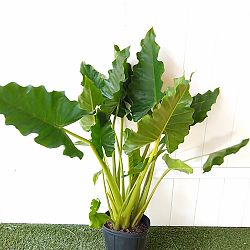
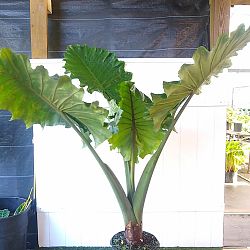
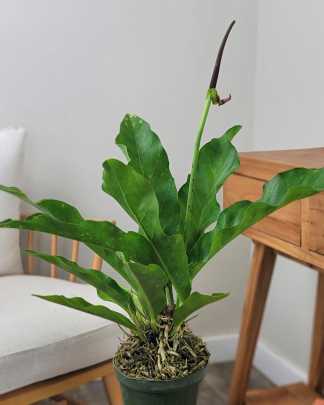
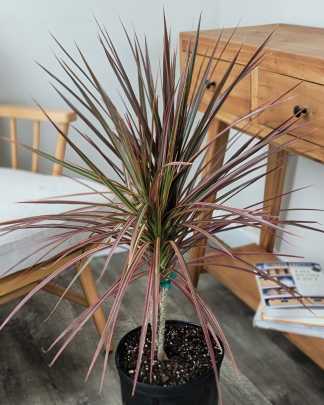
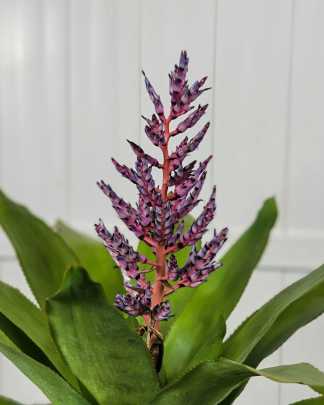
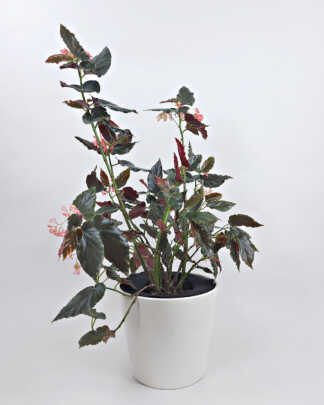
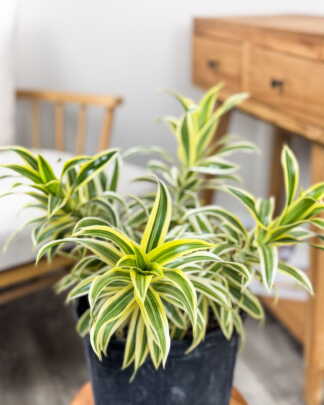


Michelle (verified owner) –
Check out my YouTube channel miscellaneous michelle for A more detailed review